Director’s Letter
In a world of intensifying global connections, kaleidoscopic perspectives, and virtual realities, where does one go to make sense of things? Museums are places where one can find ways—through seeing, comparing, and appreciating—to understand and appreciate varieties of human experience. Like maps, museums tell us both where to look and how to look.
And just as maps are redrawn or are even re-oriented by new thinking and new technologies, so, too, museums. All art museums face the challenges posed by emergent forms of culture, changing expectations on the part of the public, and increasing financial pressures. But for a museum devoted to the arts and cultures of Asia, particularly in what is fast becoming the Asian century, there are special opportunities.
Our Vision
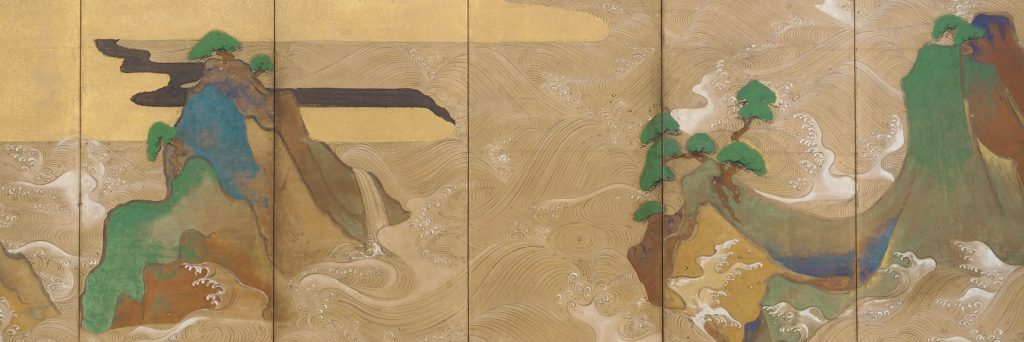
As we enter our second century, we shall build upon the strengths of our two complementary galleries, the Freer Gallery of Art and the Arthur M. Sackler Gallery, to serve as a national museum that preserves, exhibits, and interprets Asian art in ways that deepen our understanding of Asia, America, and the world. We shall celebrate great art and pose essential questions about culture and society, employing innovative approaches and technology to expand and engage both local and global audiences.
Our Values
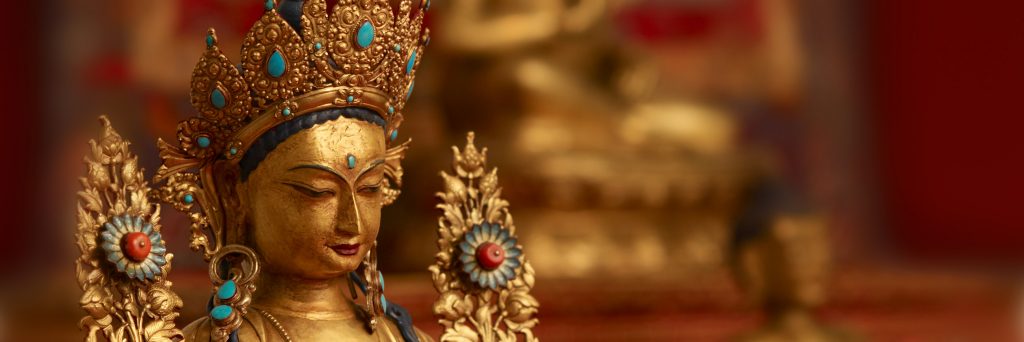
The public trust given to us—to safeguard and exhibit the nation’s collection of Asian art and American art of the Aesthetic movement
Excellence—in our collections and our work
Respect—towards each other and the cultures whose art we exhibit—and diversity of individual experience, perspective, and viewpoint
Creativity and engagement—by visitors, scholars, and colleagues
Specialized research and broad understanding of the world’s cultures—their distinct and entangled histories and their dynamic present
The Four Goals

Goal 1
To expand, preserve, and celebrate our collections
Our collections, assembled over more than a century of inspired research and scholarship, are our greatest strength.
Guided by a revised acquisition strategy, we will continue to collect works of exceptional quality and significance. To showcase that strength, deepen the visitor experience, bring more art into public view, and enliven our galleries and spaces, we will experiment with how we show art and build a digital and online presence that is animated by our objects, their contexts, and their significance. Mindful of our responsibilities as stewards of the nation’s collections, we will improve our infrastructure to safeguard our collections for future generations.
Strategies
- Develop and implement a historically sensitive but future-oriented collections plan that reflects our role and responsibility as a national museum of Asian art in the twenty-first century.
- Ensure the integrity of our collection by enhancing the museum’s excellence in conservation and scientific research.
- Revise our exhibition philosophy and establish practices that ensure more of our permanent collection is brought into public view and our exhibitions are enriched by diverse perspectives, emerging technologies, innovative models, and thematic ambition, both historical and contemporary.
- Develop and implement a digital plan that extends the reach and impact of our collections and exhibitions to national and international audiences.
- Conduct a risk-assessment study, applying the results so as to improve our collections’ infrastructure, including the Library and Archives.
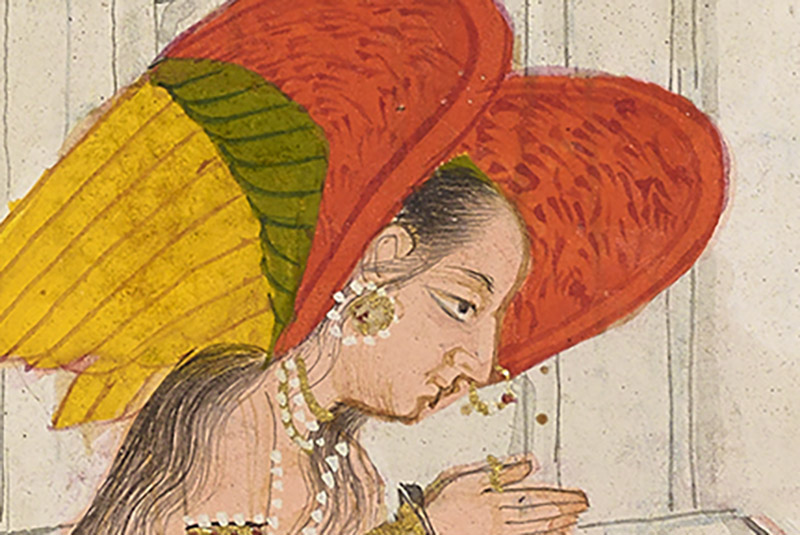
Goal 2
To identify, attract, and serve new and diverse audiences through both our physical and digital spaces
As the Smithsonian’s museum of Asian art located on the National Mall, free and open to the public 364 days a year, we have long regarded access as integral to our identity.
In response to the growing diversity of our audiences and to transformations in how audiences experience and acquire knowledge, we will build strategies of outreach, promotion, and collaboration that deepen our relationships with current visitors and bring new visitors into the galleries. We will build digital platforms and strategies that will deliver our programming beyond our walls and across the globe.
Strategies
- Raise our local, national, and international profile, clarify our brand, and advance our vision through a coordinated campaign of communications, partnerships, and programming.
- Identify and attract audiences interested in understanding and celebrating Asian art and culture by aligning programming and communications, and by working to metrics and targets for local, national, and international visitors.
- Encourage visitor curiosity and engagement in our galleries and public spaces by responding to visitor input and addressing visitor needs.
- Develop and implement a digital plan that attracts, engages, educates, and enthuses the online visitor.
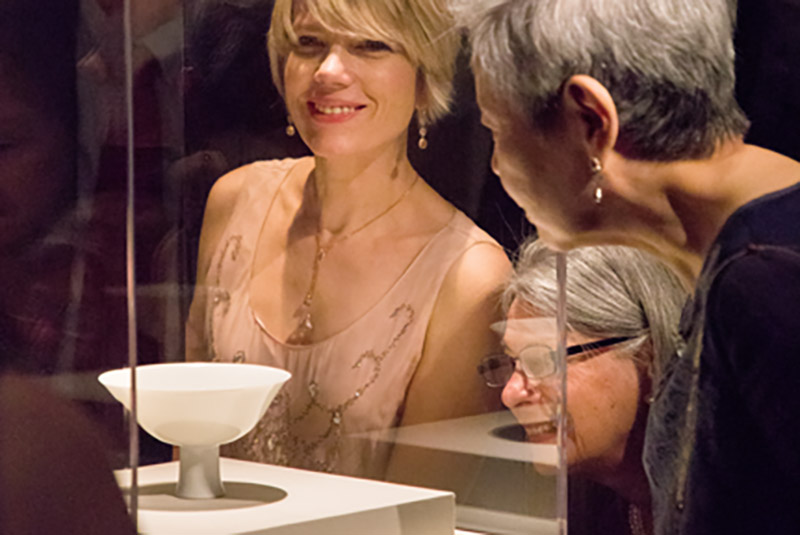
Goal 3
To foster an object-inspired understanding of the arts, communities, cultures, and societies of Asia
For nearly a century, we have been a museum that is devoted mainly to preserving, researching, illuminating, and exhibiting exemplary Asian art objects and works of American art that reflect Charles Lang Freer’s aesthetic vision.
We will respond to the cultural and ethical challenges of the twenty-first century, increasingly driven as it is by forces that are global and Asian, by complementing our long-standing commitment to research with a broad portfolio of scholarship, programming, and education that speaks to issues in Asian arts, cultures, and societies. In our galleries and education spaces, we will employ approaches and tools that empower our objects to reveal histories, tell stories, and pose questions that are perennial and urgent, that interrogate the traditional, the local, the modern, and the global. We will also design ways to bring our own operations—the creative workings of the museum, as it were—into more public view.
Strategies
- Develop a suite of collections- and exhibitions-inspired programming and educational activities that speak to essential issues in Asian arts, cultures, and societies, on site and online.
- Build substantive and funded collaborations with SI, selected museums, universities, and other non-profit partners to broaden our expertise and impact in fostering the understanding of Asian arts, cultures, and societies.
- Build relationships with Asian and Asian American communities, including organizations that represent them, by enhancing our outreach and programming through formal partnerships and informal synergies.
- Develop and implement a digital plan that facilitates and enhances research and scholarship, both print and digital.
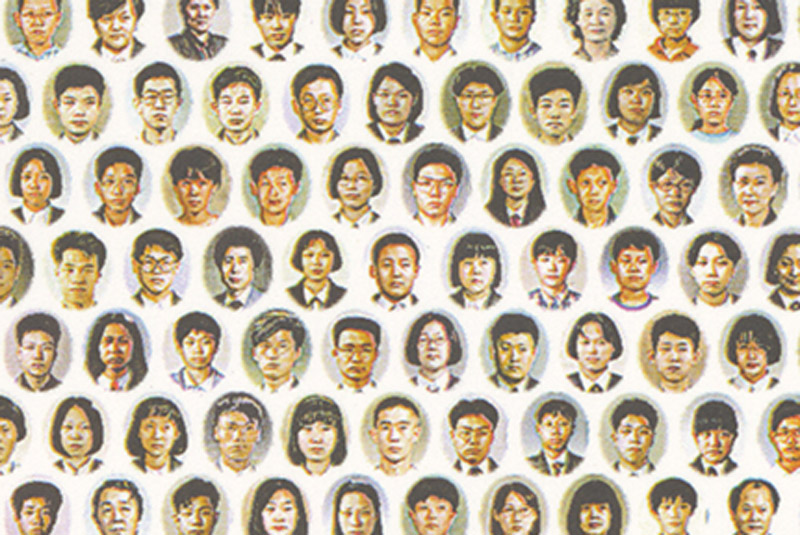
Goal 4
To build a museum culture that is creative, collaborative, transparent, and resourceful
We house objects and present exhibitions, but we are also a community of creative individuals—not just staff but Friends, docents, volunteers, trustees, donors, Smithsonian colleagues, and many more—all brought together by a shared mission and pride in our accomplishments.
To maximize our creativity and to make good on the trust we earn through public and private support, we shall build a community that is respectful towards its members and the cultures and communities whose art we display, and we will be collaborative and creative in our work. To ensure that trust extends to future generations, we will be increasingly efficient and entrepreneurial in our operations and finances, and we will pursue strategies that broaden partnerships and increase philanthropy.
Strategies
Develop an organizational culture of motivation, professional growth, respect, transparency, and
experimentation.
- Build a multi-year budget process and establish long- and middle-term planning, tying budgeting to planning and aligning resources with priorities.
- Develop and implement a sustainable fundraising strategy, with annual metrics and goals (both financial and non-financial) that are ambitious and aligned with museum priorities.
- Identify, fund, and build collaborations and partnerships that are aligned with our mission, monitoring by metrics.
- Develop and implement a master plan.
Implementation and Assessment
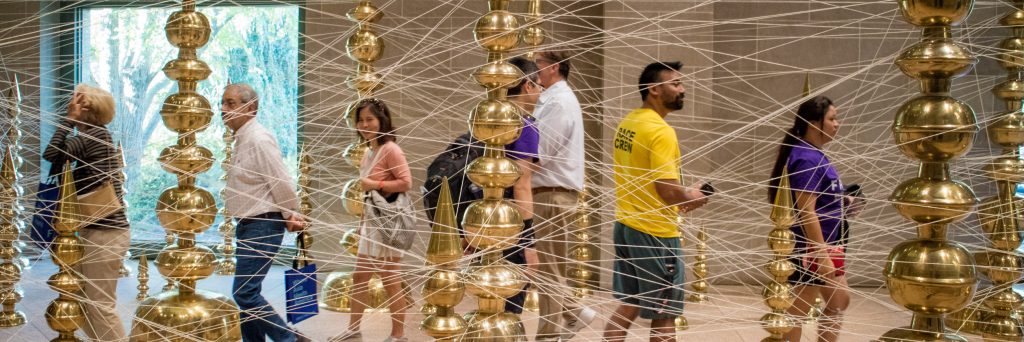
An implementation team consisting of the Director, Deputy Directors, Chief Advancement Officer, and Chief of Staff will be responsible for monitoring progress. Operationalized into annual goals, the plan will be assessed against appropriate metrics, with regular updates shared with our internal and external stakeholders. In the first instance, task forces—on exhibition philosophy, brand strategy, fundraising, and resilience and museum culture, respectively—will be established.
Planning Process
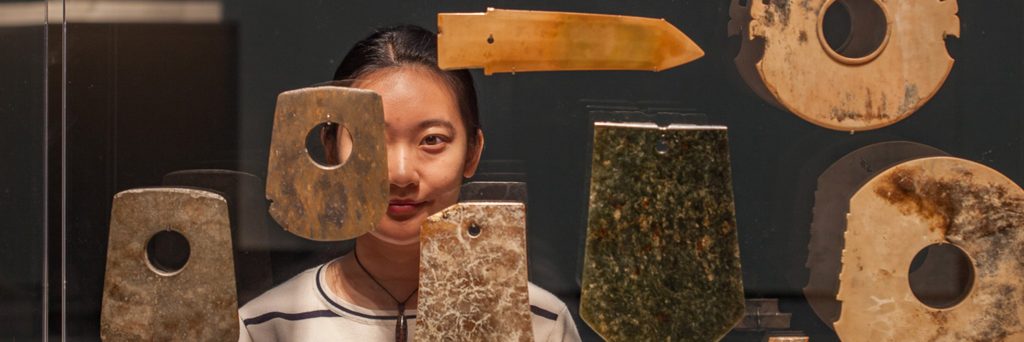
The process was designed to be consultative, collaborative, and expeditious. Internal discussions took place in December 2018 and January 2019. A charging meeting was held on February 8, 2019, when a statement of vision and values was introduced and discussed, and the planning structure, consisting of a Steering Committee and four task forces, was announced. To ensure broad representation and fresh thinking, staff at multiple levels of responsibility and seniority served on the Steering Committee and task forces.
Discussions and drafts were iterative in nature. As the task forces tackled their work through May, usually in biweekly meetings, the Steering Committee met weekly to discuss submissions and to provide guidance and feedback. Updates on progress were given at all-staff meetings. With goals and provisional strategies settled, staff members of the Freer and Sackler were invited to participate in a prioritization exercise.


